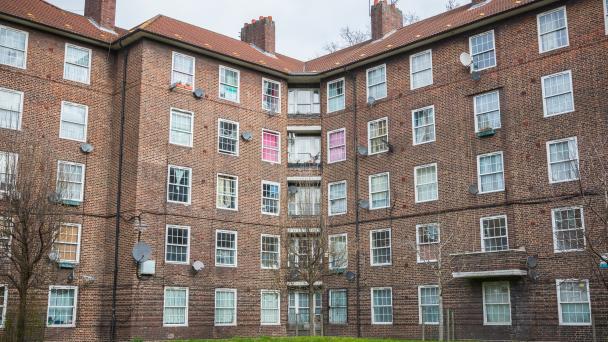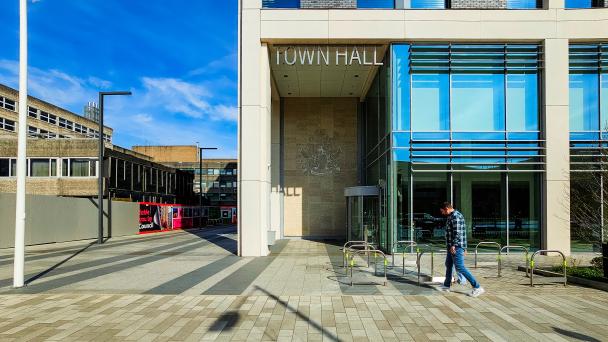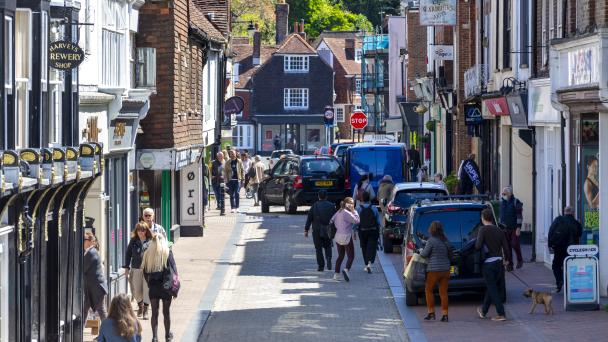Overcrowding in South Asian households: a qualitative report


You can read the latest reports for 2023-24 and reports going back to 2009 on the GOV.UK website. The English Housing Survey (EHS) is commissioned by the Ministry of Housing, Communities and Local Government.
The EHS is carried out by the National Centre for Social Research, working with Building Research Establishment and CA Design Services.
The English Housing Survey (EHS) is a national survey of people’s housing circumstances and the condition and energy efficiency of housing in England. It is one of the longest standing government surveys and was first run in 1967.
The latest findings from the English Housing Survey are on housing quality and energy efficiency.
This is the second release of data from the 2023-24 survey. This report will be followed by a series of more detailed topic reports in the spring and summer of 2025.
The EHS is a large-scale complex survey with two stages: an interview in all selected homes and a visual inspection by a qualified surveyor of a subsample of homes. The EHS is conducted throughout the year across England. The sample is scientifically chosen to represent the wider English population. The EHS is currently carried out by a consortium of the National Centre for Social Research (NatCen), Building Research Establishment (BRE) and CA Design Services (CADS).




Receive a regular update, sent directly to your inbox, with a summary of our current events, research, blogs and comment.
Subscribe